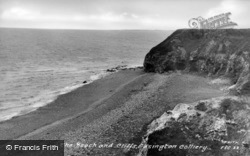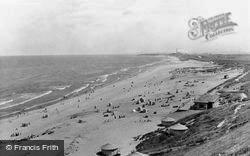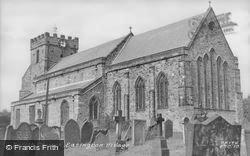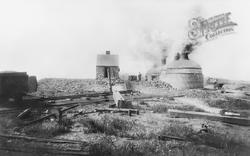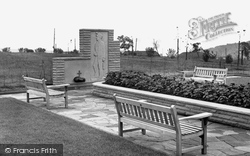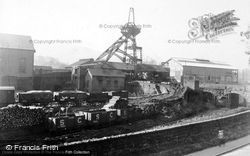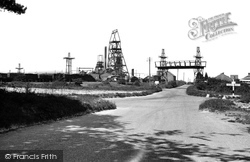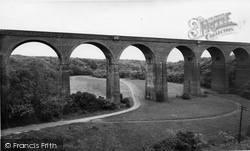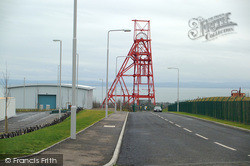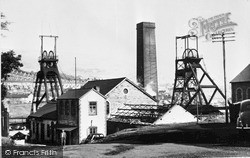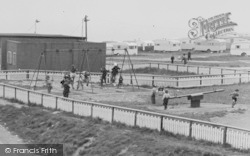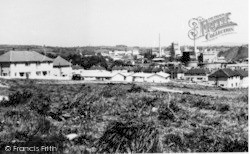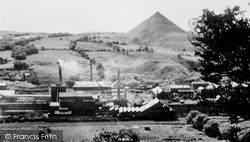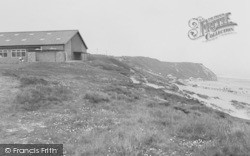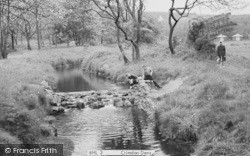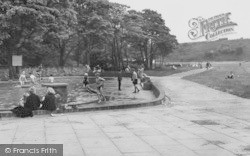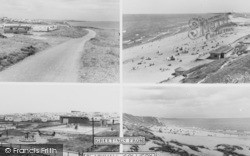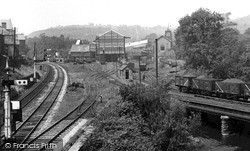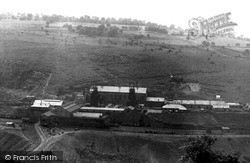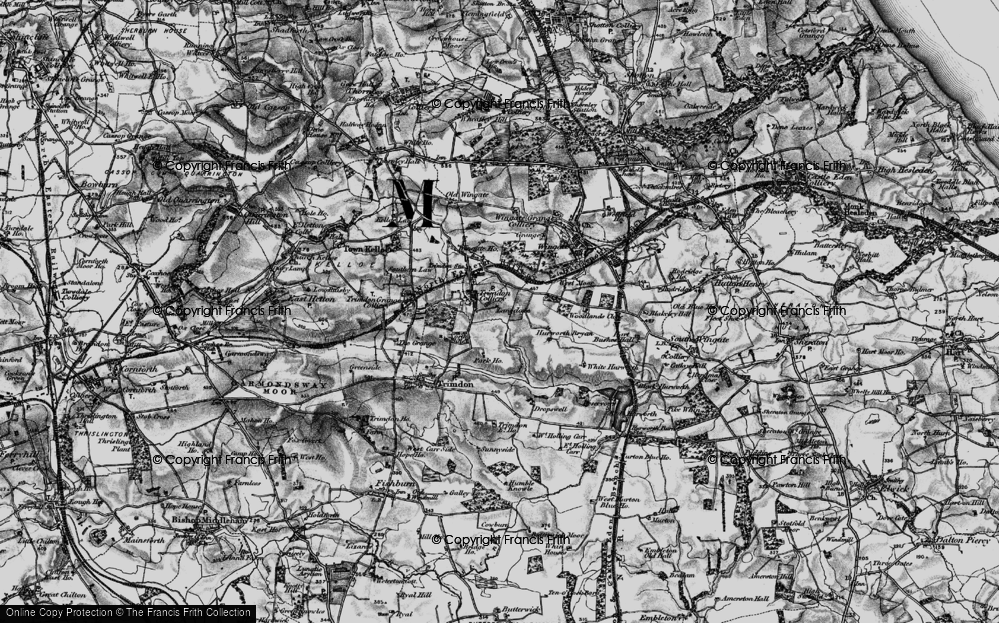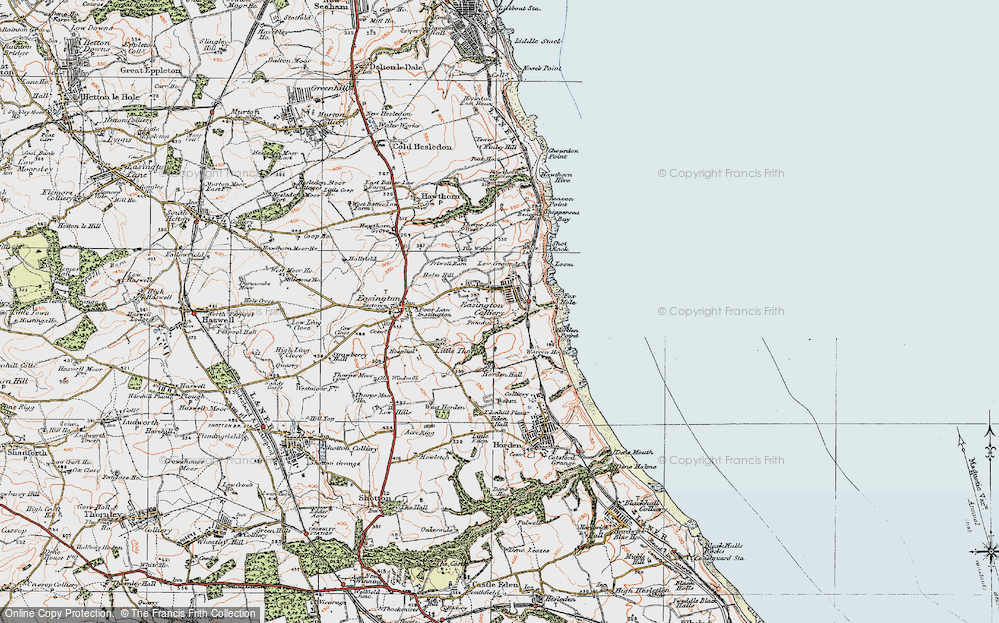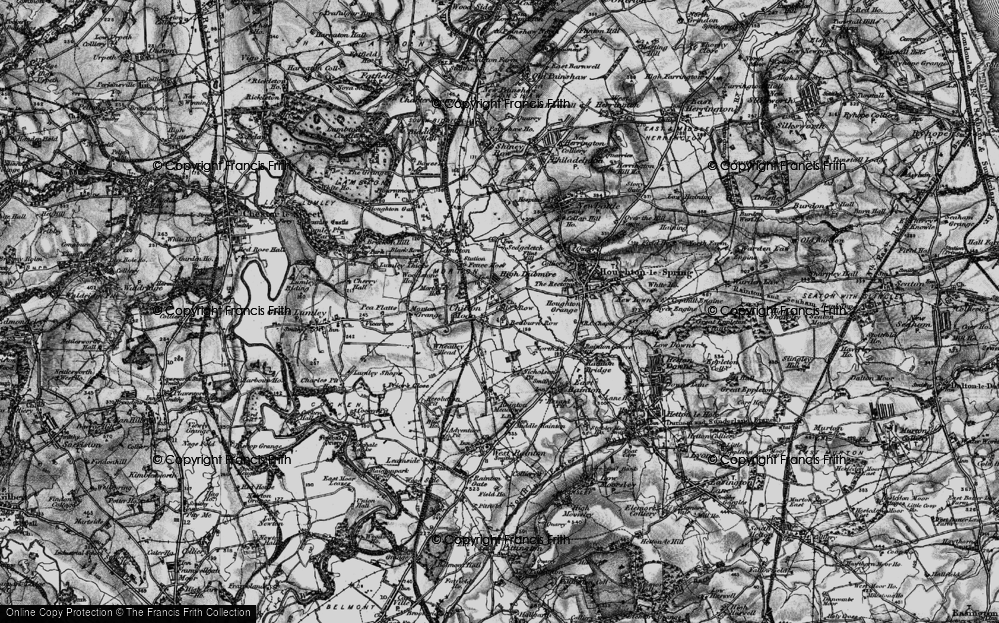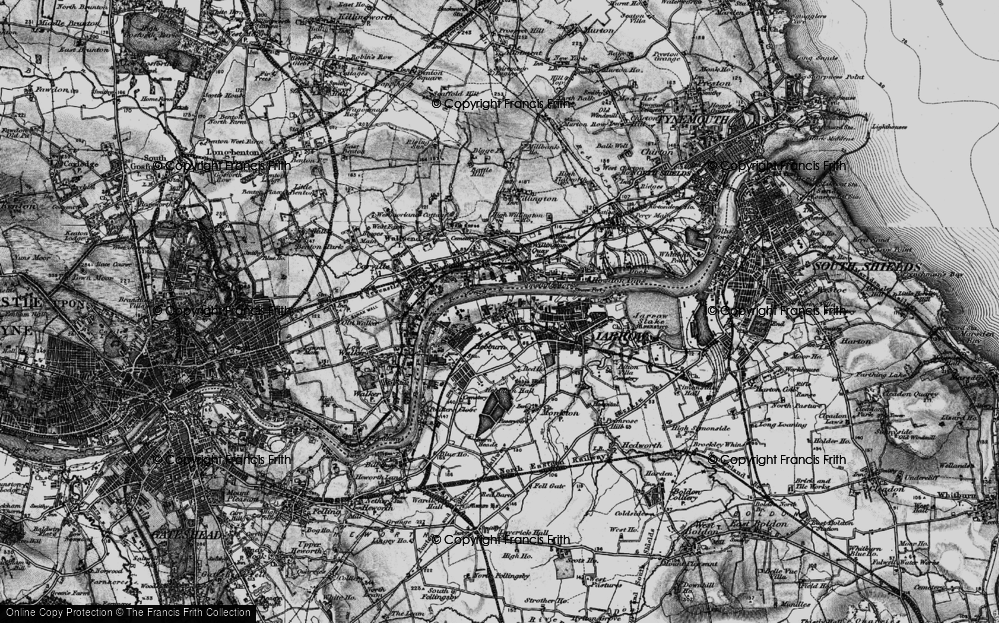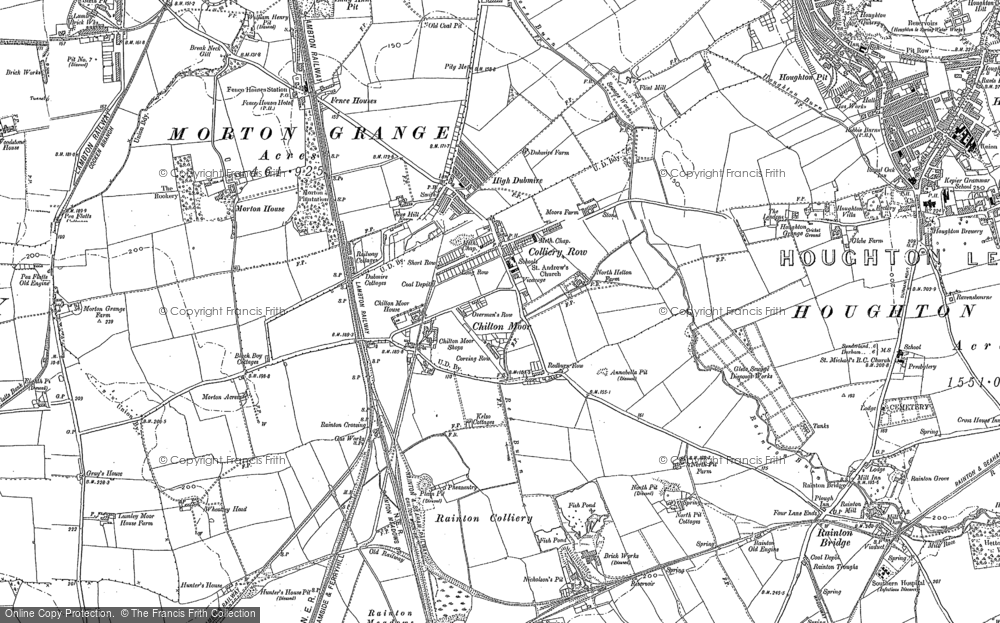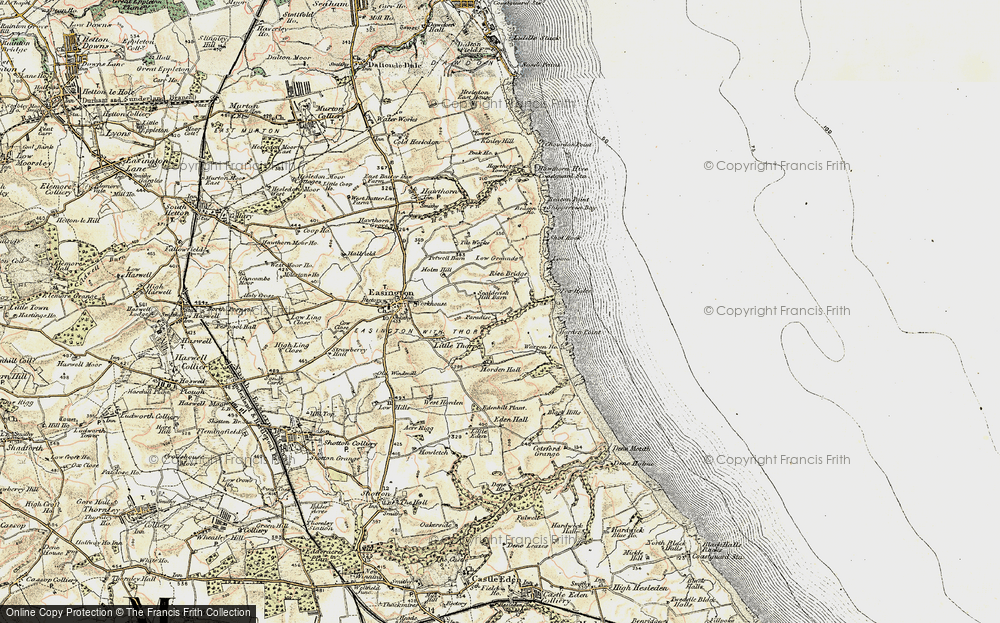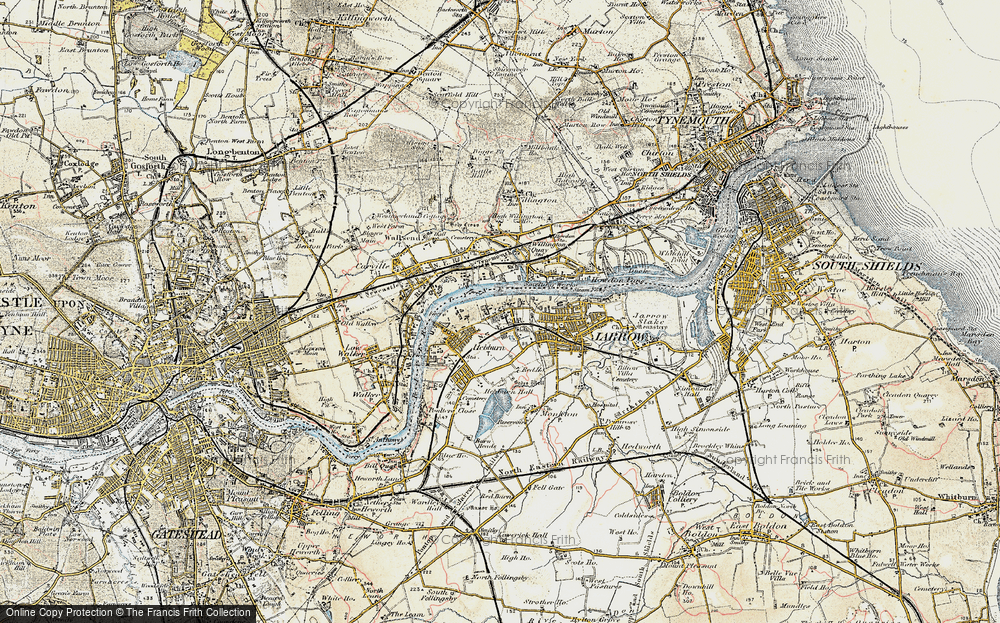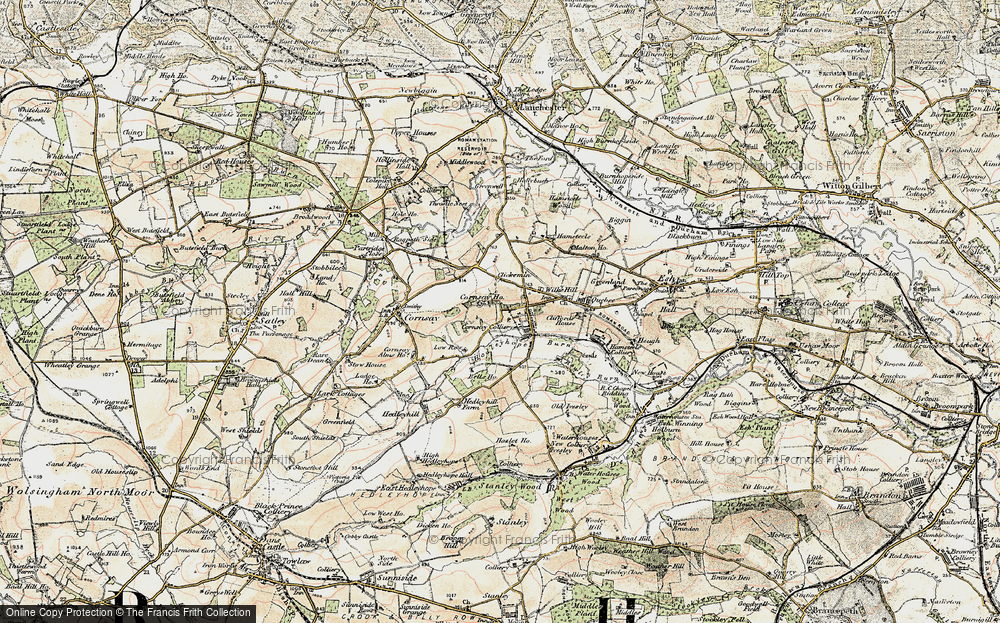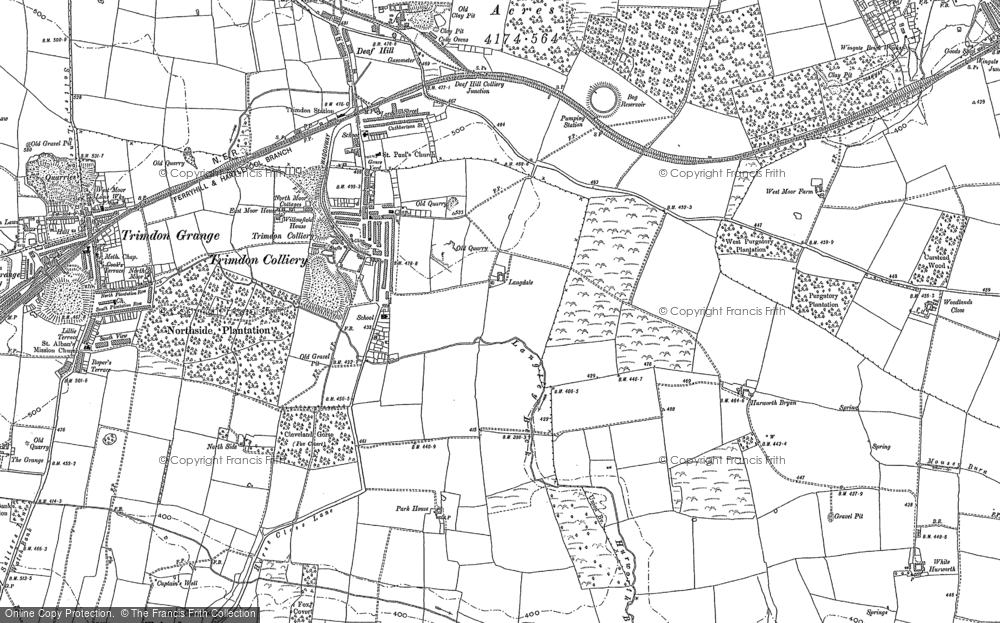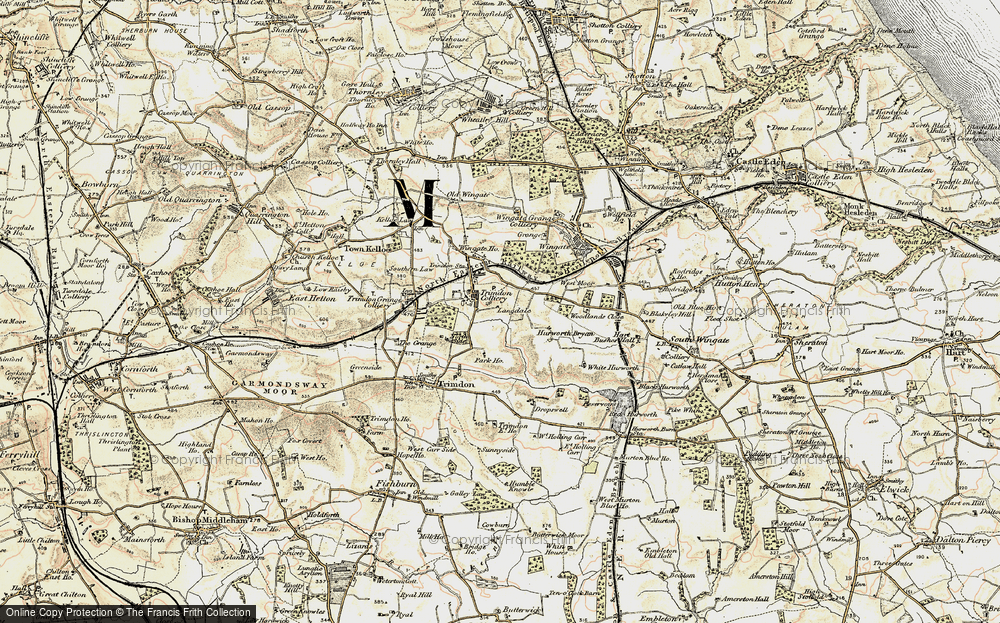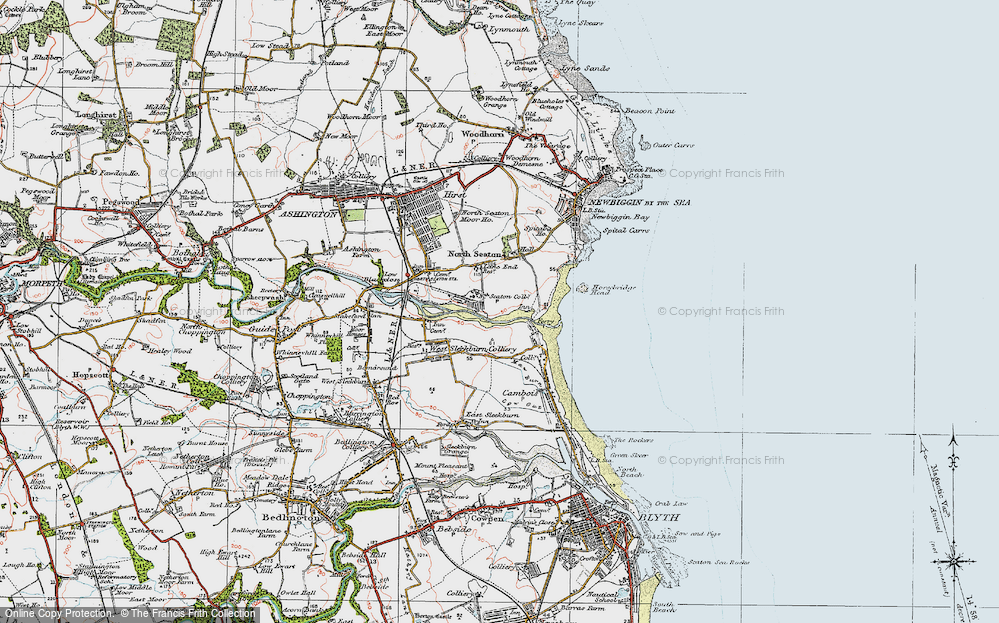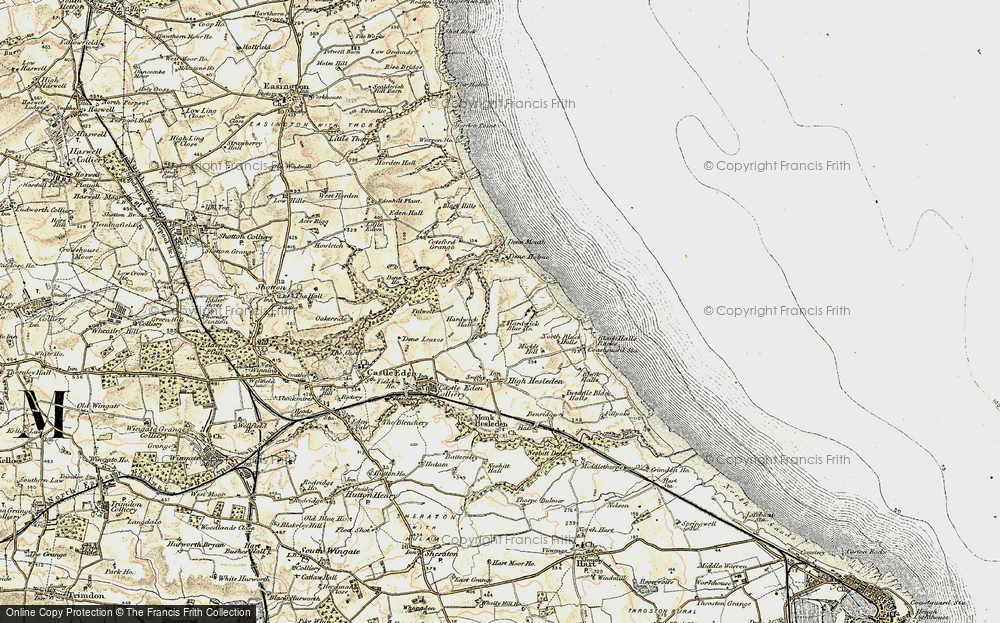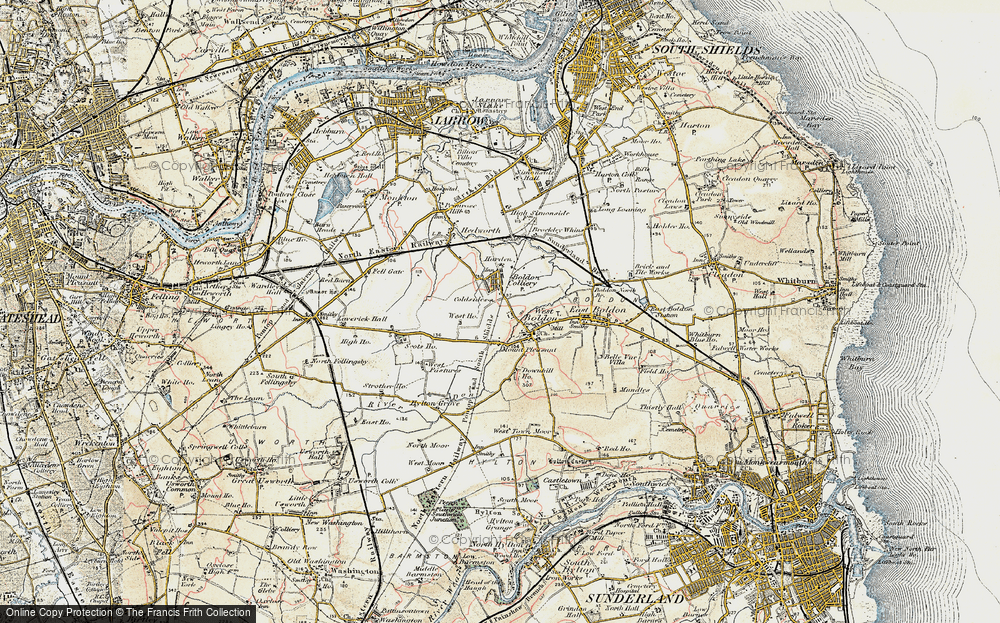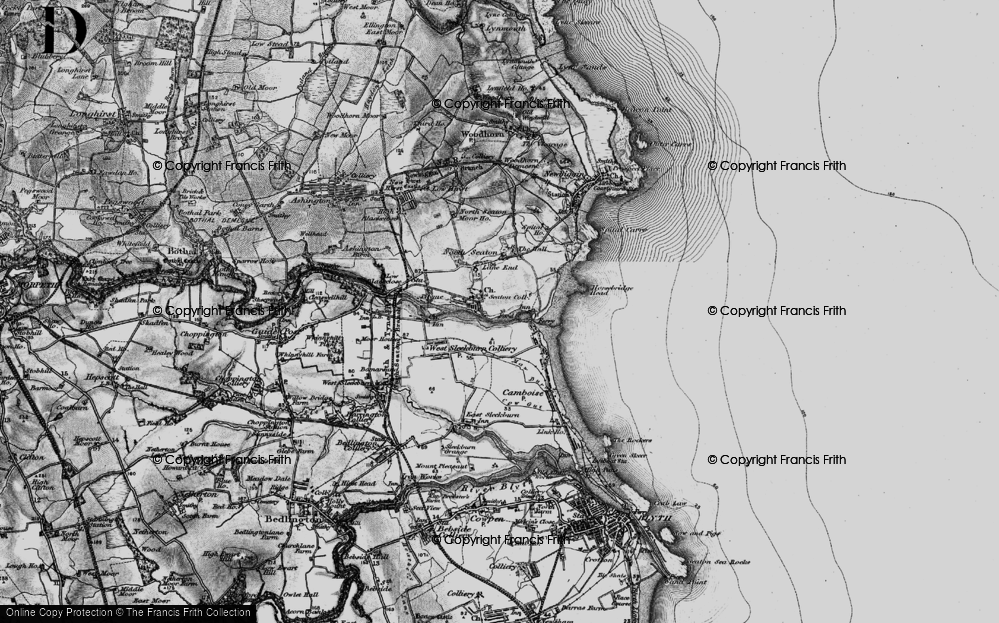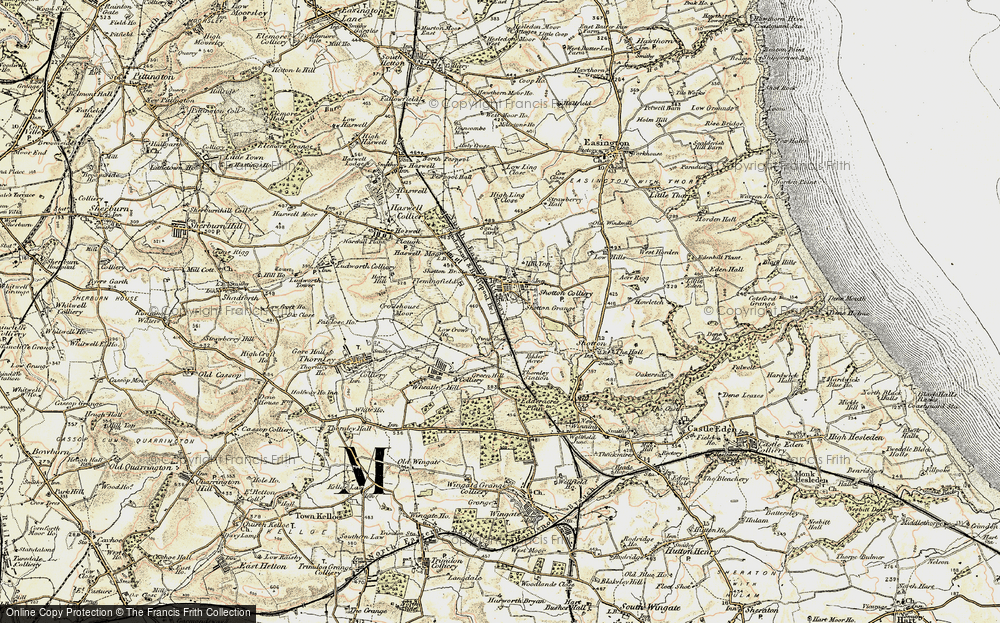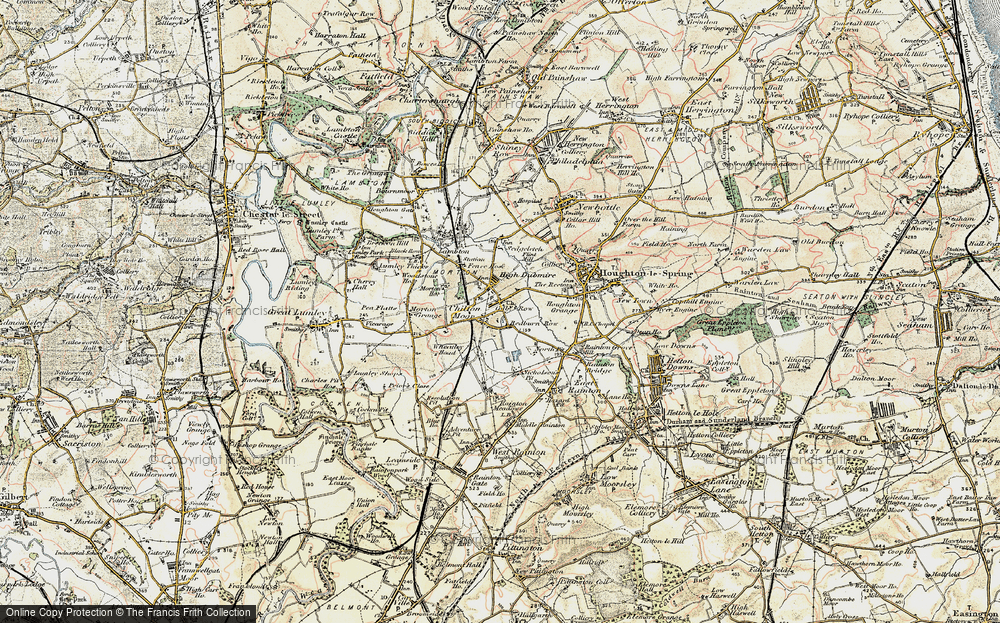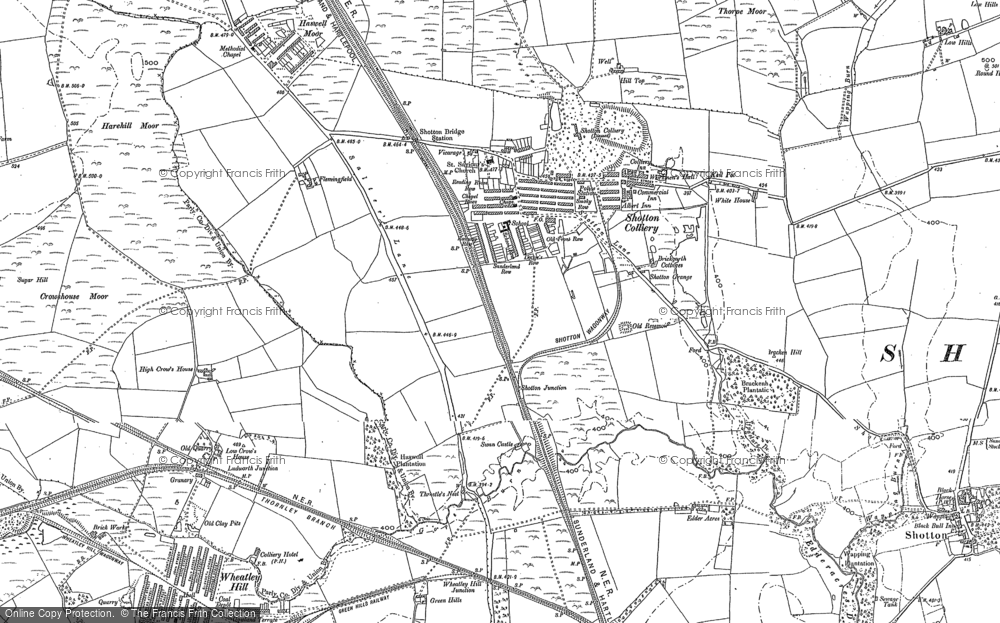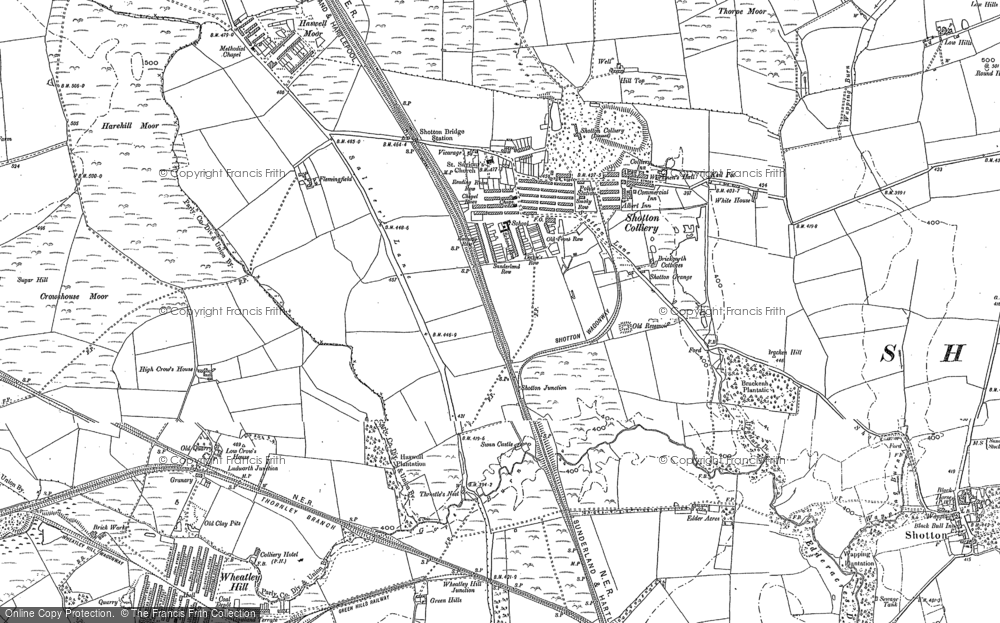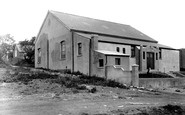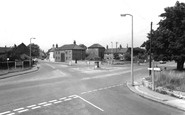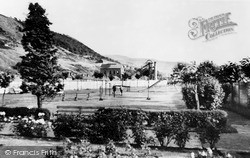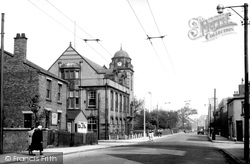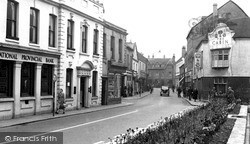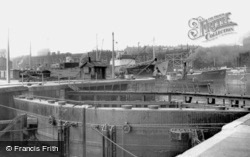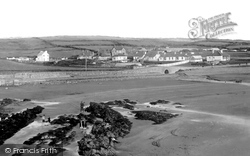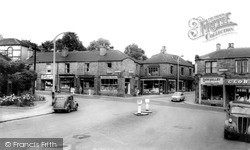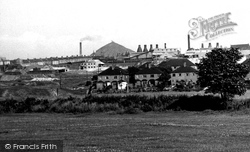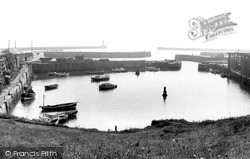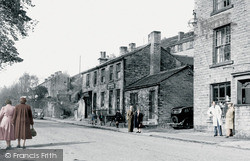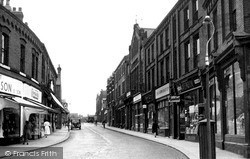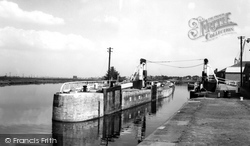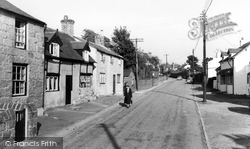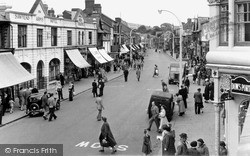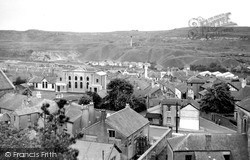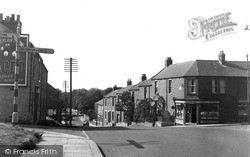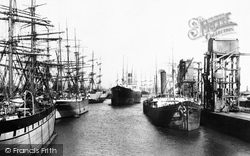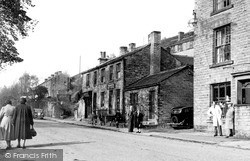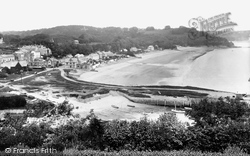Places
9 places found.
Those places high-lighted have photos. All locations may have maps, books and memories.
Photos
174 photos found. Showing results 21 to 40.
Maps
81 maps found.
Books
Sorry, no books were found that related to your search.
Memories
325 memories found. Showing results 11 to 20.
Good Times, Good Money, Good Friends.
I was sent frtom Leeds to Lower Bynamman in 1970 to work building up a huge 2400 Marion excavator for Sir Lindsey Parkinson at the GCG (Tyor Gwaith?) opencast coal site. I lodged at the Bryannam Hotel with Dez and ...Read more
A memory of Brynamman by
My Esh Winning Childhood
I lived in Brandon Road in the house next door to the Majestic Cinema from about 1940 to 1946. The house in those days was called Dent Dale which was written on the glass panel above the door. I used to go to the school ...Read more
A memory of Esh Winning by
Chairman Of Abram Bamfurlong And Bikershaw
My father Ernest Peter Houghton was chairman of the local council 3 times. He was Labour councillor for over 30 years and was well respected in the community. During one of his terms of ...Read more
A memory of Bamfurlong in 1949 by
Swimming Above Stepping Stones Weir At Bothal
Our Mam being an Ashington lassie, we returned to her birthplace when Mam divorced my father who she met before the Second World War - that was when Mam was in London and working in 'service'. We were ...Read more
A memory of Bothal in 1949 by
Looking Back To The Early Days
I was born in rented 'rooms' at Wordsworth Road in 1936 and came to move with my parents to five different addresses at Easington before I moved away from the area, when I married in 1963. But although my ...Read more
A memory of Easington Colliery in 1900 by
My Grand Parents
My grandparents lived in Hearts of Oak Cottages and we used to go and see them on Sundays with my dad and brothers while my mam made dinner. We would walk down the old line. My dad took us to the engine room at the colliery ...Read more
A memory of Nantyffyllon in 1957 by
Harworth 'old' Village
The large Horse Chestnut tree to the right was very popular when conkers were in season with boys searching the ground and throwing whatever came to hand at the tree to try and dislodge the nuts that were temptingly out of ...Read more
A memory of Harworth in 1964 by
Growing Up In Local Avenue
Hi I am Michael Johnson, some of you may remember Tommy and Brenda Johnson who lived in Sherburn Hill for most of their lives. Tommy worked for Alfie Law who had the Post Office and Grocery shop on the 'Hill'. ...Read more
A memory of Sherburn Hill in 1949 by
Terrible Place
I lived and went to school in Shotton Colliery, and hated the place. Luckily I realised that living there was not for me, so at the age of 16 I joined the RAF and was posted to Wiltshire, clean air, beautiful rolling downs, ...Read more
A memory of Shotton Colliery in 1950 by
James Joseph Irvine (Autobiography) 1911 1990
Stretching over about a mile on the A68 road to Edinburgh from Darlington, lies the small mining town of Tow Law. Approaching it from Elm Park Road Ends, on a clear day, as you pass the various openings ...Read more
A memory of Tow Law in 1930 by
Captions
92 captions found. Showing results 25 to 48.
As we have seen even the smallest colliery village wherever it may be in the Rhondda Valleys has its own park. This one looks more suited to the youngsters of the area with its swings and slide.
The railway was originally worked by a water-balance system, but this was eventually replaced with colliery winding equipment.
Local collieries included Howe Bridge, Gibfield, and Chanter. Howe Bridge was closed by the NCB in 1957; Gibfield followed in 1963, and Chanter in 1966.
In 1954 the NCB sank its first pit in the country at Lea Hall, Rugeley.The colliery opened in July 1960; most of its output went by conveyor direct to nearby Rugeley, a power station.
Elsecar was one of the many collieries which formerly existed in the South Yorkshire coalfield around the village of Hoyland.
In the 1950s Seaham handled coal traffic from Seaham, Dawdon and Vane Tempest collieries, which between them were producing about 2.5 million tonnes a year and employing around 5000 men.
The colliery opened in July 1960; most of its output went by conveyor direct to nearby Rugeley, a power station. Lea Hall closed in December 1990.
Coal from nearby collieries was occasionally loaded onto boats here.
Royston is another former colliery town north of Barnsley.
The North Staffordshire area of the National Coal Board included such collieries as Chatterley Whitfield, Norton & Biddulph, Silverdale,Wolstanton, and Trentham.
Pretty soon, Stewart was in dispute with the port authorities at Sunderland over handling charges for coal from his Rain collieries.
The town was full of woollen mills and corset factories, and was surrounded by numerous collieries. Later, the town became a centre for 'fancy' goods such as cords, velveteens, and fine woollens.
This view shows a virtually-deserted High Street in the undistinguished former colliery town of Normanton, three miles north of Wakefield in South Yorkshire.
The North Staffordshire area of the National Coal Board included such collieries as Chatterley Whitfield, Norton & Biddulph, Silverdale, Wolstanton, and Trentham.
Coal from Kellingley Colliery also travelled this route up to the power station, which has been on the riverside since 1927.
Its name comes from the Stanley Massey family who owned nearby Ness Colliery. It is now Stanley House.
Demand for steam coal caused collieries to be developed, and over a million tons of coal were mined annually.
The tips in the background have now all been landscaped, and the distant chimney belongs to the number Nine Colliery, which closed in the 1920s.
Nearby Boldon Colliery was sunk between 1866 and 1871, and it was substantially deepened under NCB ownership.
Colliery owners, dissatisfied with increased costs at Cardiff, decided to open a dock at Barry, and built it between the mainland and Barry Island.
New Rossington, a village lying to the south of Doncaster, was created when the colliery was sunk into the rich South Yorkshire coalfield.
The town was full of woollen mills and corset factories and was surrounded by numerous collieries. Later, the town became a centre for 'fancy' goods such as cords, velveteens and fine woollens.
On the right is the Barbecue restaurant, originally Bonville's Court Colliery Office. Following a fire in 1913, the building was reconstructed.
On the right is the Barbecue restaurant, originally Bonville's Court Colliery Office. Following a fire in 1913, the building was reconstructed.
Places (9)
Photos (174)
Memories (325)
Books (0)
Maps (81)


